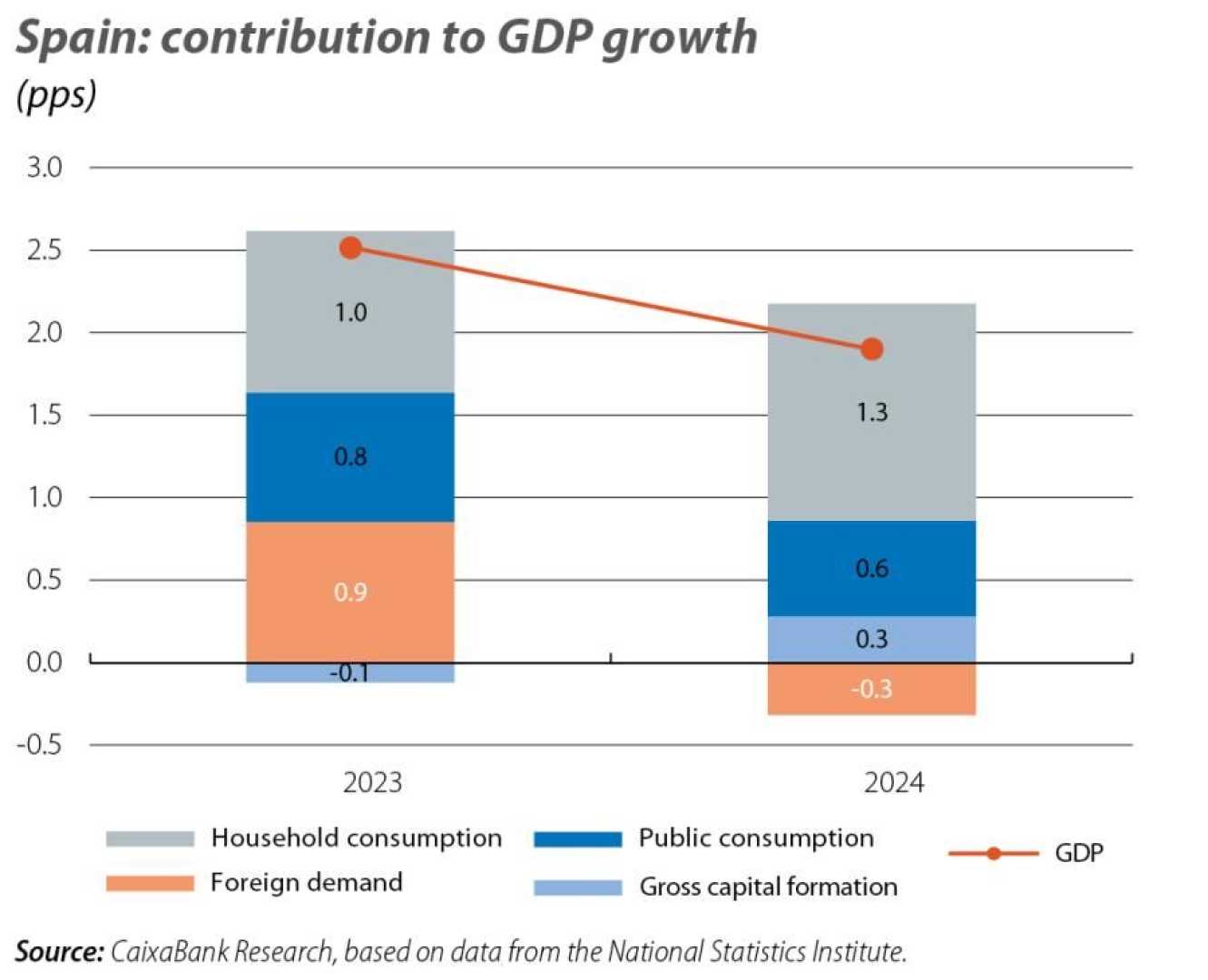Business
Spain’s Bold Migration Policy Fuels Economic Resurgence

MADRID, Spain – As immigration continues to rise, Spain has emerged as Europe’s leading economy, thanks in part to a radical approach to migration that prioritizes openness over restriction. Named the world’s best economy by The Economist in 2024, Spain has enjoyed a flourishing workforce and a dramatic decline in unemployment rates, which dropped to their lowest level since 2008.
In a stark contrast to peers like Italy and Germany, Spanish Prime Minister Pedro Sánchez highlighted the necessity of immigration in a speech last October. “Spain needs to choose between being an open and prosperous country or a closed-off, poor country. It’s as simple as that,” he stated, underscoring that migration not only addresses humanitarian needs but is also essential for economic growth in a country grappling with an ageing population and low birth rates.
Despite concerns from other European leaders about rising migration, Sánchez’s approach has been validated by economic data. Spain’s GDP growth reached approximately 3.2% in the previous year, outpacing Germany’s 0.2% contraction, Italy’s 0.5% growth, and France’s modest 1.1% increase. Notably, immigration has played a crucial role in this economic surge, with a record net migration of nearly 750,000 individuals in 2022.
Javier Díaz-Giménez, an economics professor at IESE Business School, has credited this influx with significant job creation in sectors like tourism and hospitality. “It’s been done with a lot of tourists and a lot of immigrants,” he remarked. Last year alone, of the 468,000 jobs created in Spain, about 409,000 were filled by migrants or individuals with dual nationality, significantly contributing to filling labor shortages.
Moreover, Spain welcomed approximately 94 million tourists, creating additional employment opportunities in restaurants, hotels, and other tourist-related services. This surge in tourism, combined with government investments and renewable energy advantages, has allowed Spain to stabilize energy costs and attract further investments.
The economic benefits of migration are underscored by data from JPMorgan, revealing that immigration contributed over 20% to the nearly 3% growth in GDP per capita from 2022 to 2024. The Spanish experience stands in stark contrast to the challenges facing countries with restrictive migration policies, particularly as they see their working-age populations decline.
As the debate over immigration continues across Europe, analysts like Jean-Christophe Dumont from the OECD stress the importance of well-managed migration systems. “Migration makes a positive contribution to the economy, provided that it is well managed,” he noted, highlighting that migrants tend to contribute more in taxes than they receive in public benefits.
Despite Spain’s strides, challenges remain, such as rising housing demands and the need for effective integration policies to ensure that immigrants are not relegated to low-skilled jobs. “If not, it can lead to major imbalances and tensions that can turn into social unrest or foment populism,” cautioned Rafael Doménech, head of economic analysis at BBVA.
With immigration becoming an increasingly polarizing issue in many European countries, observers are keenly watching Spain’s approach. The country’s changing demographics, with immigrants now comprising over 15% of the population compared to less than 2% in 1998, serves as a potential model for managing the economic challenges of an ageing society.
The future of Spain’s economic prosperity is closely linked to its approach to migration. As the country prepares to address ongoing challenges, its experience thus far offers critical insights into the potential benefits of a well-regulated migration policy.












